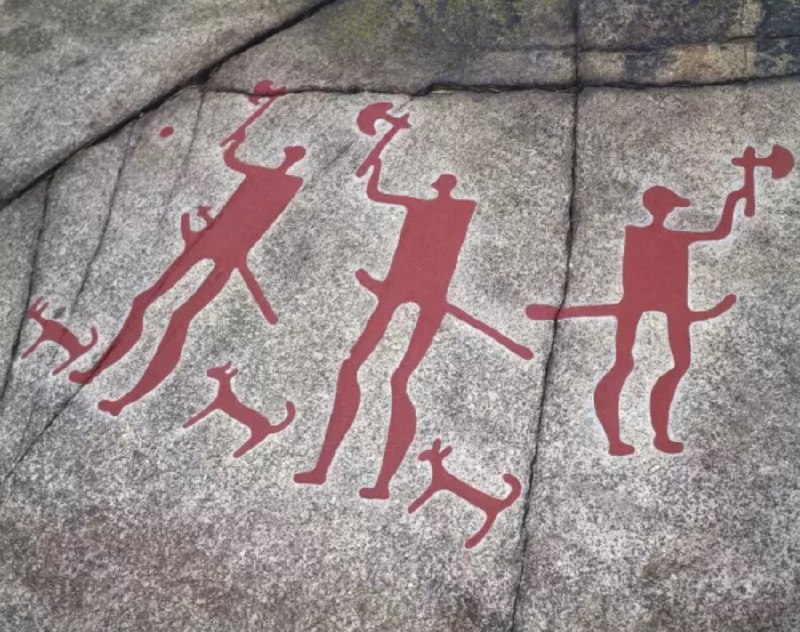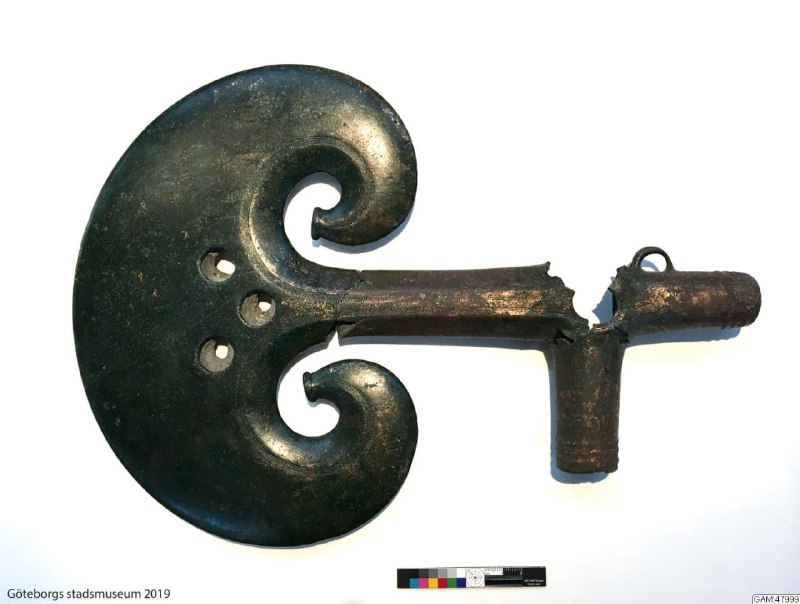Dan Davis Author
Community chat: https://t.me/hamster_kombat_chat_2
Website: https://hamster.network
Twitter: x.com/hamster_kombat
YouTube: https://www.youtube.com/@HamsterKombat_Official
Bot: https://t.me/hamster_kombat_bot
Last updated 10 months ago
Your easy, fun crypto trading app for buying and trading any crypto on the market.
📱 App: @Blum
🤖 Trading Bot: @BlumCryptoTradingBot
🆘 Help: @BlumSupport
💬 Chat: @BlumCrypto_Chat
Last updated 1 year, 3 months ago
Turn your endless taps into a financial tool.
Join @tapswap_bot
Collaboration - @taping_Guru
Last updated 10 months, 2 weeks ago

Delightful WHG reconstruction seen on Instagram.
Give the chap a follow to show your support.
https://www.instagram.com/p/C9vdtQ3ObKh/?igsh=aGEyNW50c3g2YXdy


Love these British folk tales. The Border Reivers were a hard bunch of lads. You can hardly imagine all the generations of raiding, the feuds, the betrayals and changes of fortune. Anyway, check this one out and subscribe to the channel for more.
Woden as Mercury
There is an obscure Old English text, Salomon and Saturn, which credits Woden with the establishment of letters:
saga me, hwá aeróst bócstasfas sette?
ic the secge, Mercurius ge gygand.
"Tell me, who first established letters?
I tell thee, Mercurius the giant."
The exerpt from Salomon and Saturn above also coincides with verses 138-139 in the Hávamál, which credits Woden with the discovery of the runes. Mercurius is the original Latin form of Mercury, who we know was identified with Woden since the time of Tacitus (c. 56-120 AD) and was worshipped as the highest god amongst the Germans:
"Of the gods, Mercury (Odin) is the principal object of their adoration; whom, on certain days, they think it lawful to propitiate even with human victims. To Hercules (Thor) and Mars (Tyr), they offer the animals usually allotted for sacrifice..." -Tacitus, Germania
Moreover, in his Annals, Tacitus wrote of how war broke out between the Hermunduri and the Chatti over a salt bearing river. He notes that each side vowed to sacrifice the other to Mars and Mercury for victory.
In sources as late as the 12th century, such as The History of the Kings of Britain by Geoffrey of Monmouth (c. 1095-1155), the identification of Mercury as Woden is further exemplified. Geoffrey writes in reference to Hengist, the leader and first king of the Jutes in Kent, that they "...especially worship Mercury, whom we call Woden."
Additionally, Layamon's Middle English poem Brut - which was largely influenced by the Anglo-Norman poet Robert Wace's Roman de Brut (1155) - states that Hengist once said that Woden is the highest of Gods.
Community chat: https://t.me/hamster_kombat_chat_2
Website: https://hamster.network
Twitter: x.com/hamster_kombat
YouTube: https://www.youtube.com/@HamsterKombat_Official
Bot: https://t.me/hamster_kombat_bot
Last updated 10 months ago
Your easy, fun crypto trading app for buying and trading any crypto on the market.
📱 App: @Blum
🤖 Trading Bot: @BlumCryptoTradingBot
🆘 Help: @BlumSupport
💬 Chat: @BlumCrypto_Chat
Last updated 1 year, 3 months ago
Turn your endless taps into a financial tool.
Join @tapswap_bot
Collaboration - @taping_Guru
Last updated 10 months, 2 weeks ago